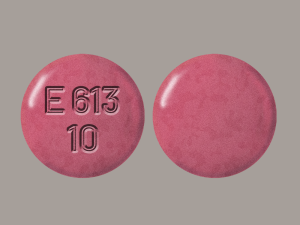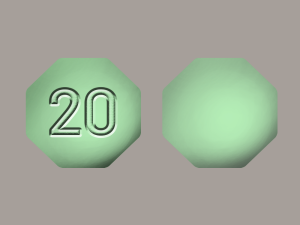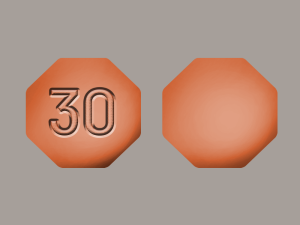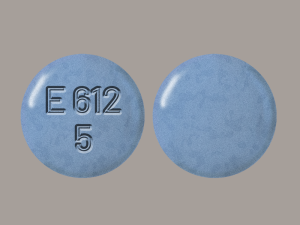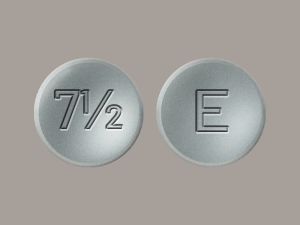Showing all 7 results
-
Opana ER 10mg
Select options This product has multiple variants. The options may be chosen on the product pageOpana ER 15mg
Select options This product has multiple variants. The options may be chosen on the product pageOpana ER 20mg
Select options This product has multiple variants. The options may be chosen on the product pageOpana ER 30mg
Select options This product has multiple variants. The options may be chosen on the product pageOpana ER 40mg
Select options This product has multiple variants. The options may be chosen on the product pageOpana ER 5mg
Select options This product has multiple variants. The options may be chosen on the product pageOpana ER 7.5mg
Select options This product has multiple variants. The options may be chosen on the product pageOpana ER (Oxymorphone Extended-Release) is a powerful, long-acting opioid used for managing severe, around-the-clock pain that doesn’t respond to other treatments. It was designed for people who needed a consistent, steady release of pain relief—especially those with chronic conditions.
But here’s the reality: in 2017, the FDA asked Endo Pharmaceuticals to pull Opana ER from the market due to major safety concerns. The injectable misuse of the drug was linked to serious health risks, including outbreaks of HIV, hepatitis C, and a rare blood disorder called thrombotic microangiopathy.
Because of the high potential for misuse, addiction, and overdose, Opana ER extended-release tablets are no longer available in the U.S. However, Oxymorphone Immediate-Release (IR) tablets are still approved for short-term use in very specific, closely monitored medical situations.
Why Opana Was Used (Before Withdrawal)
When it was on the market, Opana ER was used to help people manage severe, chronic pain that didn’t improve with non-opioid options. It worked by altering how the brain interprets pain signals, offering powerful relief in cases where everyday meds simply didn’t work.
However, the risks ultimately outweighed the benefits, especially due to the drug’s abuse potential when crushed and injected.
How Oxymorphone IR Is Still Used Today
Oxymorphone IR (Immediate-Release) is still prescribed in rare cases for short-term pain relief, such as after surgery or trauma, and only when other treatments have failed.
Here’s how it’s typically dosed:
For Adults New to Opioids:
-
Immediate-Release Tablets: Start with 10–20 mg every 4–6 hours as needed for pain. Doses may be adjusted depending on the patient’s response.
For Long-Term Pain (in very rare cases):
-
Extended-Release (when it was still approved): Used every 12 hours. Starting dose was 5 mg, gradually increased based on tolerance and need.
-
Note: Opana ER (the extended-release version) is no longer legally sold or prescribed in the U.S.
Known Side Effects
Like most opioids, oxymorphone can cause a range of side effects. Here’s what users have reported:
Common:
-
Drowsiness or dizziness
-
Nausea or vomiting
-
Constipation
-
Headaches
-
Weakness or tiredness
Serious (Seek immediate medical attention):
-
Slow or difficult breathing
-
Chest pain or irregular heartbeat
-
Severe itching or swelling
-
Seizures
-
Loss of consciousness
Because opioids suppress the respiratory system, overdose can be fatal—especially if combined with alcohol, sleep medications, or other depressants.
Risks, Warnings & What to Avoid
-
Never drink alcohol while taking this medication.
-
Don’t combine with other opioids, benzodiazepines, or CNS depressants unless prescribed together.
-
Avoid this medication if you have kidney or liver disease, or if you’ve had an allergic reaction to opioids in the past.
-
Not recommended for children or elderly adults without extreme caution and close supervision.
-
During pregnancy, it may cause withdrawal in newborns or serious complications—only use if clearly needed.
If you stop suddenly after extended use, you could experience withdrawal symptoms, such as restlessness, sweating, anxiety, or rapid heartbeat. Always taper under a doctor’s supervision. Bottom Line
Opana ER was once used as a last-resort opioid for severe chronic pain, but it was removed from the market because of serious public health concerns. If you’re managing long-term pain, there are safer alternatives your doctor can discuss with you.
If your pain isn’t improving and you feel stuck between treatments, don’t navigate it alone. Work with a pain management specialist to explore a plan that’s effective, safe, and sustainable.

